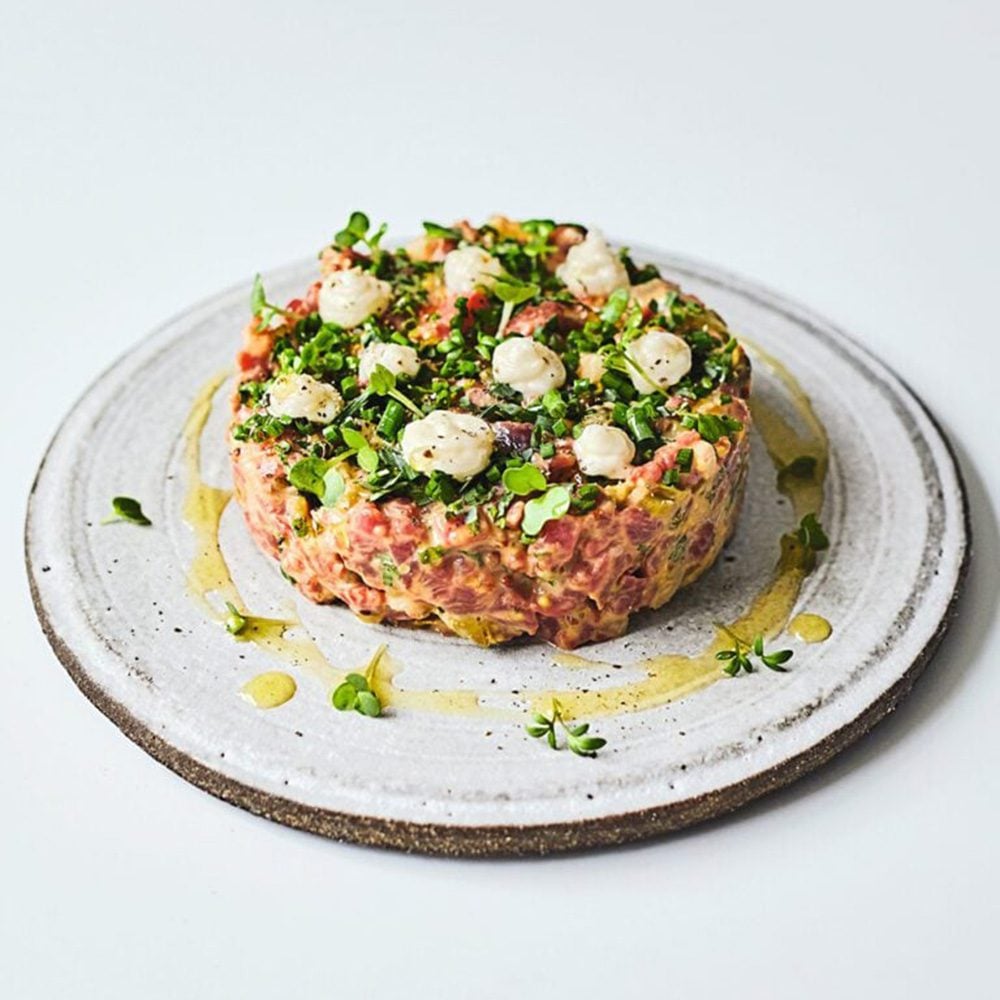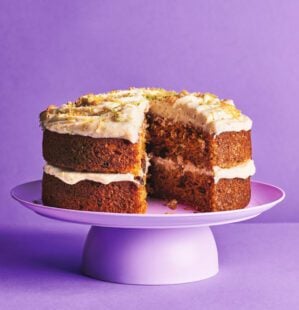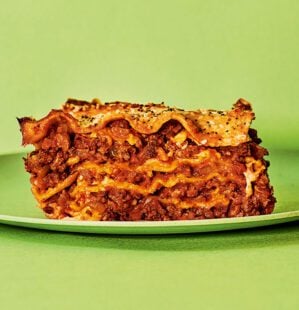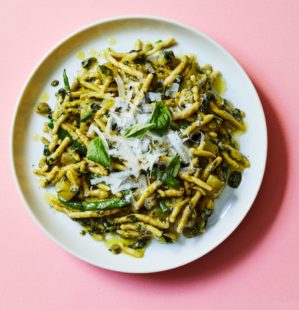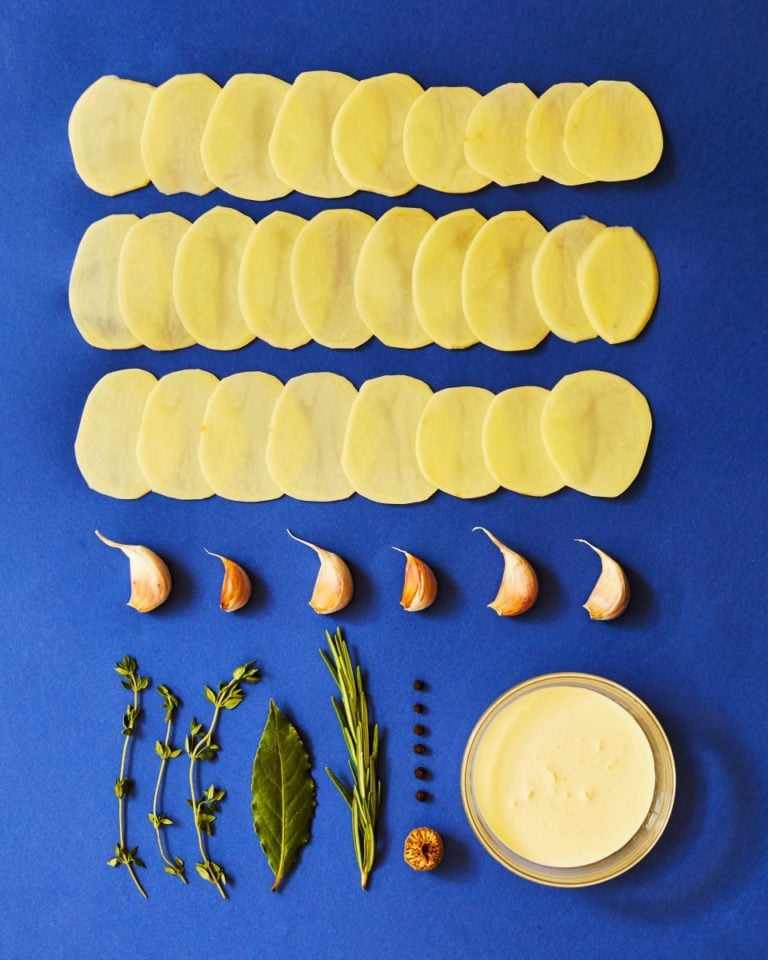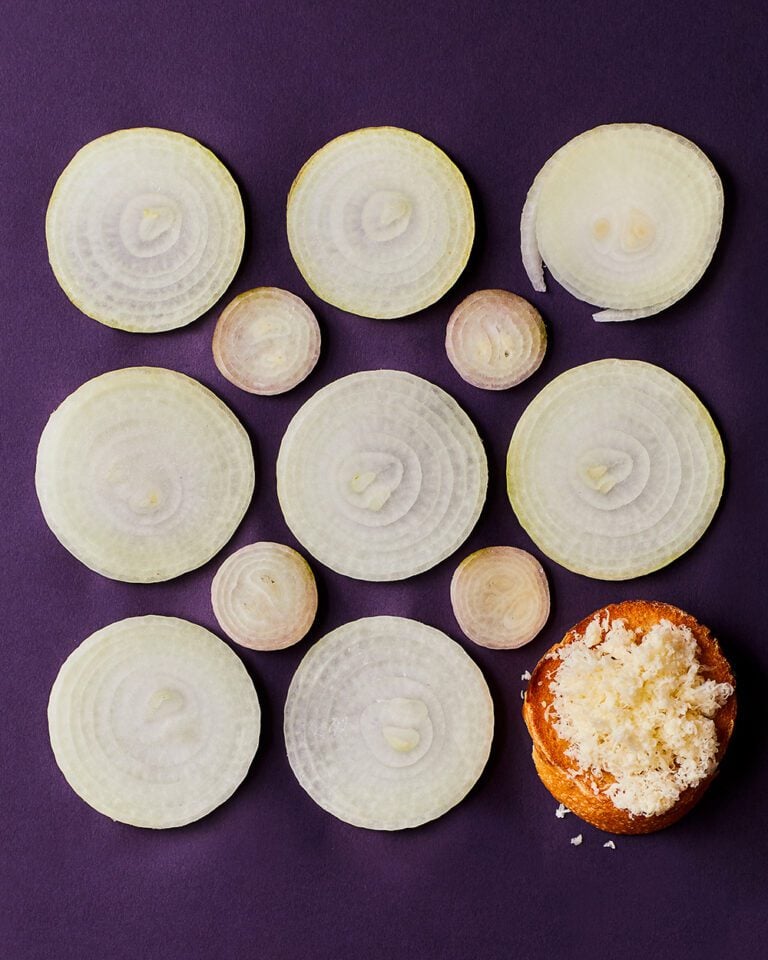Best of the best: how to make the ultimate steak tartare
No shortcuts. No cheat ingredients. Our best of the best series takes the view that if something’s worth doing, We examine a classic dish, delving into the processes and analysing why it tastes so good, then we give you our ultimate recipe. This time: Pollyanna Coupland rustles up the French bistro classic, steak tartare…
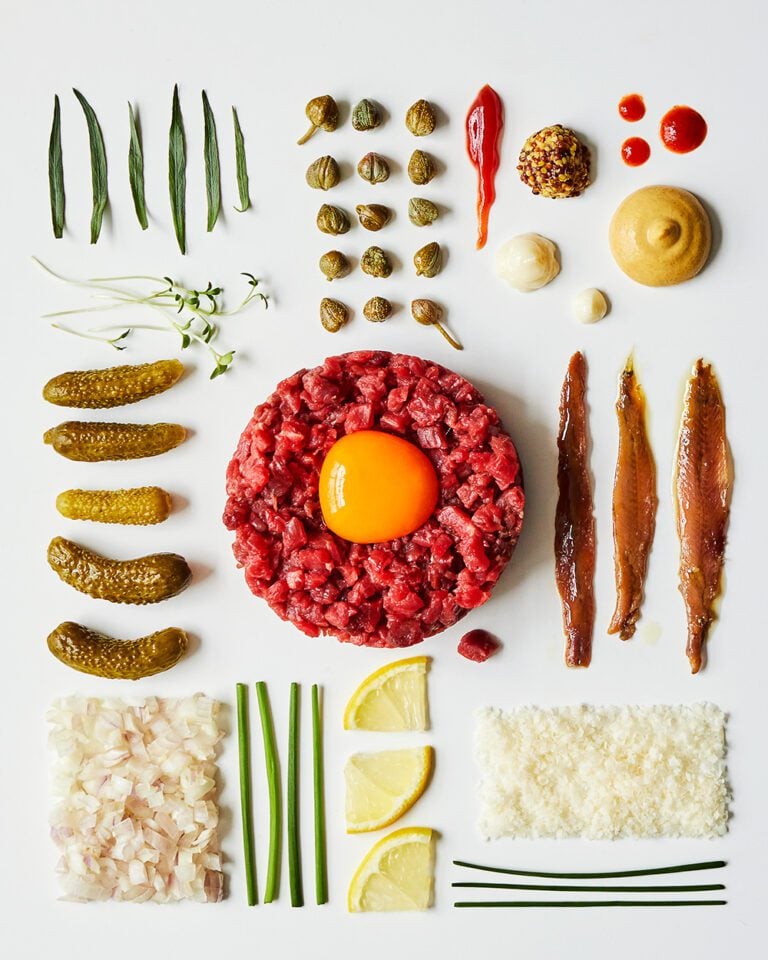
My first experience with steak tartare was somewhat traumatic. At 17, my best friend and I were visiting Paris on our own. Having accidentally picked a hotel in the middle of the red light district and on top of bravely trying snails for the first time, it was mistakenly ordering a plate of raw beef that horrified me most.
Years later, that embarrassment long forgotten, it’s one of my favourite dishes (it’s even part of my death row meal) and steak tartare is having a bit of a moment. An innovative version appears on most small plates menus these days – and I’m not complaining. Riffs on the classic, including soy-cured egg yolks, oxtail jelly and smoked oyster emulsions, are fun excursions, but for our best-of-the-best version we’re looking at something more traditional and going back to the start.
An intriguing story surrounds the origins of steak tartare, which, as legend tells, is named after the 13th century ‘Tartars’, or Mongols as we now know them. They would place a strip of horsemeat under their saddles at the start of the day, then have a nicely tenderised piece of raw meat for supper. Sadly, the story has no foundations and the dish is, in fact, named after tartare sauce, which shares many of the same ingredients: egg yolk, oil, capers and cornichons.
As no cooking is involved, steak tartare is pretty simple to recreate at home. It’s all about good quality beef, keeping it cold and preparing it fresh. Even chilling the mixing bowl before using it is a good idea, so your raw meat stays as cold as possible.
Butcher’s choice
As you’re eating it raw, buy the highest quality beef from your local butcher – they can tell you how fresh it is. The most traditional cut to use is lean and tender fillet, which is a premium cut from the lower back of the cow. It’s a natural and wise choice, as you don’t want anything chewy or grisly and you don’t want any uncooked fat, which, while full of flavour when cooked, is unpleasant raw.
Some recipes specify ribeye or rump of beef, as they provide a ‘beefier’ flavour, but for me the tender texture of fillet is more important. If you’re looking for a slightly less pricey option, rump would be my second choice. If your beef is good quality, it will be safe to eat raw. If you’re still concerned, buy more steak than you need and finely slice off the edges (this is where any harmful bacteria would be), then use the centre for your tartare. Use the cooked trimmings in a salad or a little sandwich.
An important note! Never use mince or pre-chopped beef; the surface area open to bacteria is huge, which increases the chance of food poisoning. Dicing your beef immediately before serving and keeping it chilled is the way to go.
To mince or to dice?
There is variation in how meat for steak tartare can be cut, from freshly ground through a mincer to diced into chunkier pieces for some texture. My preference is for something in between: finely diced so you’re left with a little texture but the mixture still binds well once the dressing is added. To do this, put your steak in the freezer for 45 minutes to firm up and make slicing easier.
First, cut against the grain to make sure you have no fibrous or chewy bits (this is almost like tenderising the meat), then slice into 5mm strips and finally dice.
Dress to impress
Restaurants usually serve steak tartare with an egg yolk nestled on top. While this does look beautiful, you get more control of the flavour if you create the dressing separately, taste to adjust the seasoning, then mix it through properly to coat the meat evenly – and for that you need the egg yolk. For the dressing the egg yolk is whisked with mustard and oil (plus my two not-so-secret ingredients for umami-spice, sriracha and ketchup) to create a thick, glossy emulsion, similar to a mayonnaise.
Dice the remaining dressing ingredients finely and evenly, so you get a bit of everything in every mouthful, and dress the beef just before serving. The acidic ingredients start ‘cooking’ the beef as soon as they come into contact, so if you dress it too early the meat will discolour, taking on an unappealing beige tint.
Belgian brilliance
I also looked to the Belgian version, filet américain, for inspiration. This uses ground beef rather than hand-minced and has mayonnaise instead of a dressing to bind. The result is more of a paste and, while delicious, it’s not what I think of when I’m in the mood for a tartare. I do, however, love the creaminess of the mayonnaise with the lean beef, so I’ve added an unprecedented garnish to my tartare: some pretty dots of parmesan mayo. Parmesan complements the umami-rich tartare and, I feel, makes up for the absence of a glistening golden egg yolk.
Ready to make this iconic dish? Here’s our best of the best steak tartare recipe.
Subscribe to our magazine
Food stories, skills and tested recipes, straight to your door... Enjoy 5 issues for just £5 with our special introductory offer.
Subscribe
Unleash your inner chef
Looking for inspiration? Receive the latest recipes with our newsletter
